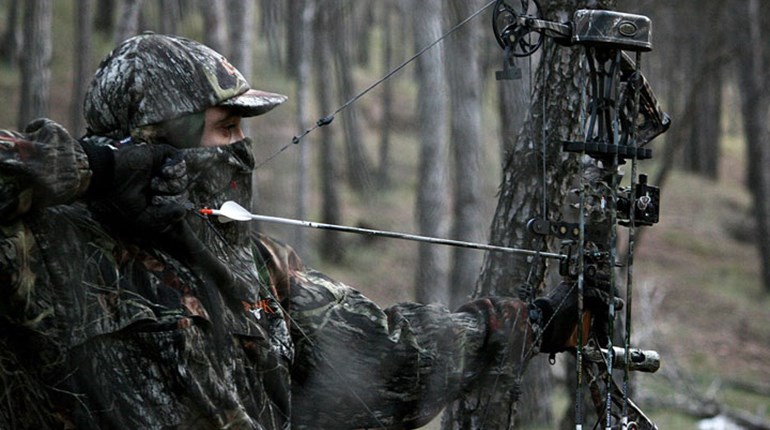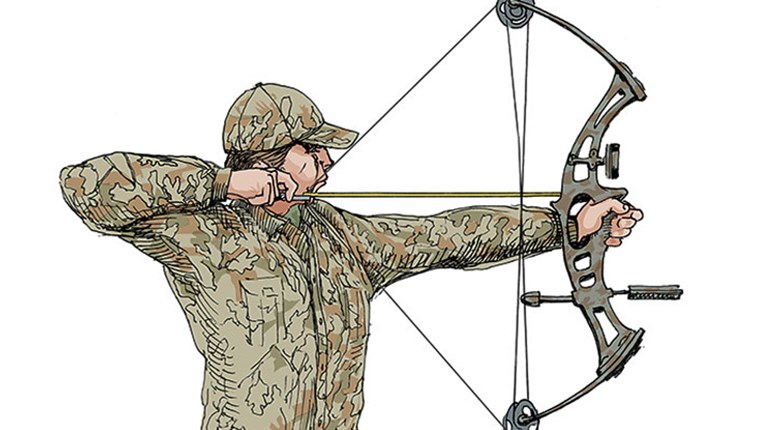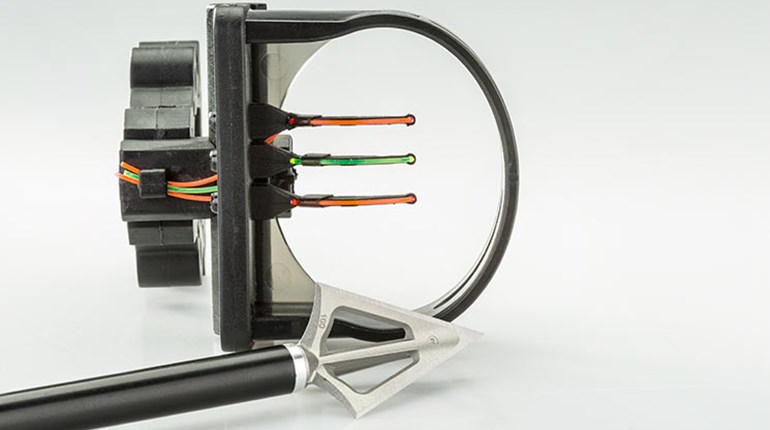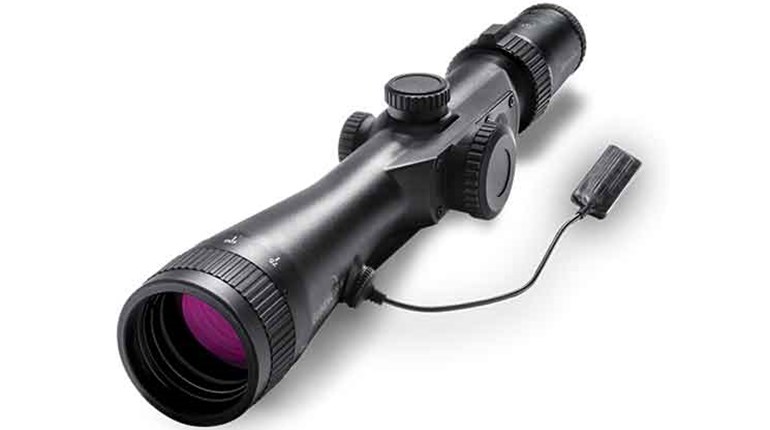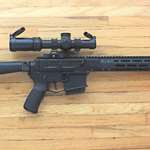
It’s almost opening day of bow season, and just when you think you’re dialed in your accuracy takes a dive. Either something came loose or your technique has slipped.
These six tweaks are my own personal checklist when I am gearing up for the season or when my shooting is less than perfect. We always want to blame ourselves—“I’m just having a bad day.” But often it’s something much more tangible and easier to fix that is holding you back. Make sure your bow is tuned, then focus on the fundamentals and you will have a great fall.
Here’s how to fix things so you can go hunting.
Tweak Your BowTweak No. 1:
Proper left-to-right position of your arrow rest can instantly improve arrow flight and accuracy. If you are struggling with a bow that seems to have a mind of its own, or you have to swap out a rest just before or during the season, these simple basics will get it squared away.
If you use a release aid, your nocked arrow should line up perfectly with the forward thrust of the string. I use a simple method that relies on the stabilizer as a reference. Set down the bow on the floor resting on its bottom cam. Now, look down on it from above while comparing the nocked arrow to the stabilizer. Move the rest in or out until the arrow is parallel with the stabilizer (though it may not go right down the center of the stabilizer). If you don’t have a stabilizer, buy one. You need it.
Tweak No. 2:
Now we move on to the up-and-down position of the rest and nock point. Release-aid shooters should install a nock point (or nocking loop) so the upper edge of the nock is approximately 1/8 to 1/4 inch above the center of the bow’s cushion plunger hole (where the rest attaches). You will need a T-square to make this adjustment accurately. From here, adjust the rest vertically until the center of the arrow shaft crosses the very center of the cushion plunger hole. Hold the bow so the hole is roughly at eye level to make this adjustment accurately, then tighten the rest.
Tweak Your Form
Maybe it turns out that it’s not your equipment (your friend shoots your bow well), but rather your form. Whatever the reason for your breakdown of technique, it is getting serious as the best part of the season looms. These simple tweaks will help get you back on the spot.
Tweak No. 3:
Relax your bow hand and arm: Relaxation starts with your feet and legs and leads to your bow arm and bow hand. Everything should be relaxed from the ground up. Bend your bow arm just enough to unlock the elbow and let the fingers of your bow hand hang naturally in a relaxed grip. The hand should be lifeless in order to shoot your best. It is just an inanimate cradle with no power to manipulate the bow.
Your grip can be a source of problems. I have a friend who was having a terrible time tuning his bow. His arrow was making a hard tear to the right through paper. Finally, I grabbed the bow and shot it. It produced a perfect bullet hole for me. Tom relaxed his grip and soon had the bow shooting perfectly for him, too. If your arrows are flying poorly and nothing seems to fix it, change the way you hold the bow—where you apply pressure to the grip.
Tweak No. 4:
The follow-through holds everything together long enough for the arrow to escape the bow unaffected. Your grip-hand must stay relaxed until the arrow hits the target. Many bowhunters snap the hand closed at the same moment they release the string, destroying accuracy.
Your bow arm must remain steady. Resist the common tendency to drop it when you release the string. Try to keep your bow arm up and aiming until the arrow hits the target. Continue aiming until the small spot you are trying to hit disappears at the end of your arrow. I have fixed a lot of shooting problems by simply focusing on the follow-through.
Tweak No. 5:
Work on your mental follow-through, too. Riflemen have likely heard the old saying “aim small, miss small.” It’s definitely true of archery. Learn to maintain a sharp focus on the spot you want to hit. Pick a tiny, aspirin-sized spot and when it comes into focus, you know you are in the zone. It starts with your practice sessions. Twenty shots with maximum concentration are much better than 100 mediocre ones. Practice doesn’t make perfect; perfect practice makes perfect.
Tweak Your ArrowsTweak No. 6:
I spin-test all arrows with broadheads installed. I place the tip on the pad of my palm and give it a spin. If I feel any vibration at all, I set the arrow aside. My goal is to find a quiver full of arrows that are perfectly aligned. If I fall short of that goal, I start swapping broadheads on the wobbly arrows until I have enough to hunt. Your hunting arrows have to spin perfectly or they won’t fly perfectly.












